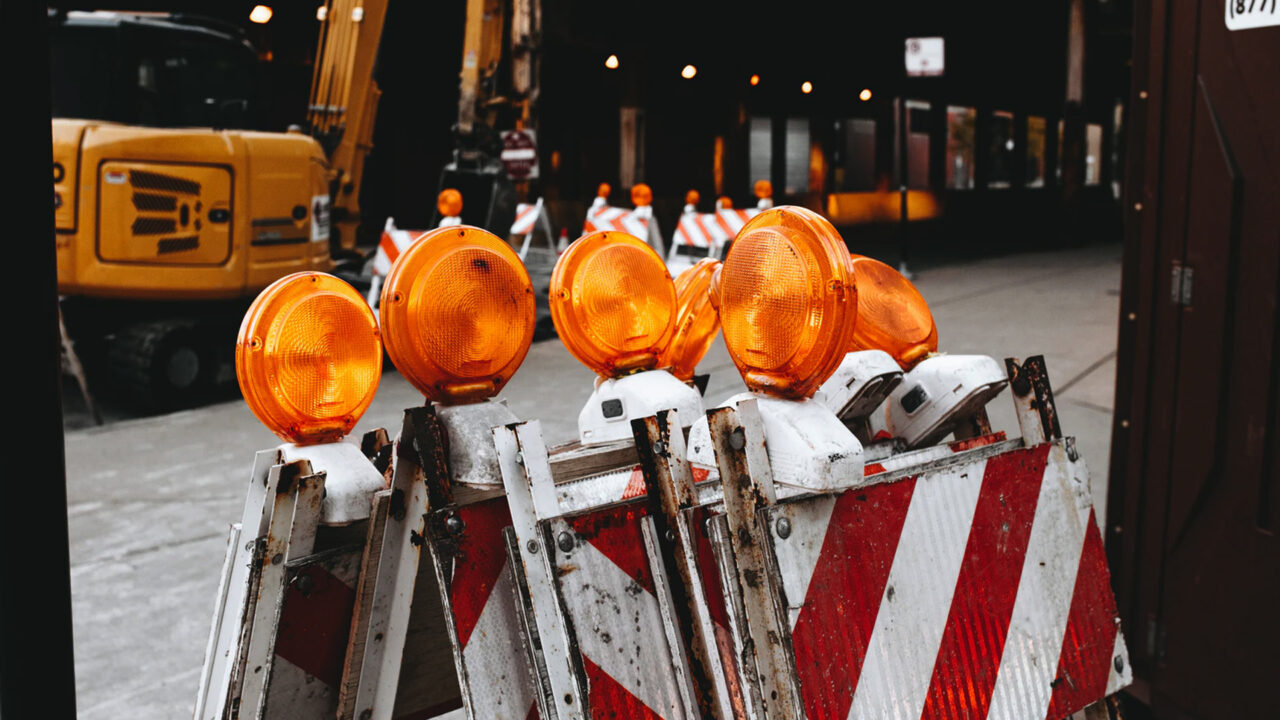New locations, unfamiliar spaces and crowded rooms. Tired minds and aching feet. Long days short on food and water. It’s a recipe for risk. Add in a few wild cards from Mother Nature or the world at large and suddenly it could become a matter of survival. As scary as that sounds, unfortunately it’s true. That’s why, for those of us in the event world, attendee safety and security is the highest priority and permeates every nook and cranny of the conference and event planning process. Here are a few things we’ve learned over the years…
Plan for safety in everything you do from the beginning
Identify the risks and plan accordingly. Always err on the side of safety. From removing gear from cases to rigging thousands of pounds of gear over a stage and an audience, do not take unnecessary risks and take extra precautions. Make contingency plans. Develop contingencies of contingencies. Envision and discuss different emergency situations with your team and the emergency professionals working the event. Being prepared to respond in an emergency situation can save valuable seconds, and lives.
Location, location, location!
When evaluating a conference, incentive trip or event destination always consider the risks posed by the location and property. Do adequate medical and emergency services have sufficient access to the property? What if one of the guests needs to be evacuated for medical reasons? What if they all need evacuated? How well-equipped is the location and venue to withstand a major storm and its aftermath? What kind of emergency systems are in place? No one likes to contemplate the scenarios that require this type of thinking but it’s essential.
More people, more risk
The greater the density of attendees in the meeting environment, the greater the overall risk to safety. Look for ways to ease traffic flow pressure points, bottlenecks etc. and also consider, utilizing more space, scheduling another event or moving to an overall larger venue to literally breathe more air into an event. Slow-moving lines and crowded spaces are energy suckers that can detract from the overall experience and possibly damage long-term prospects for the event. Likewise, the larger the audience, the wider the range of emergencies that may occur, from sprained ankles and allergic reactions to stroke or heart attack. The greater the size of the audience, the greater the need for on-site emergency medical personnel.
Exit strategies
When laying out event space and again on-site, evaluate exits and the paths to them from the perspective of someone in a state of panic. They’ll be looking for the nearest exit. Make it easy for them to find it. In large room sets, plan for plenty of aisles and, ideally, ways to exit in every direction. In smaller rooms, the options are limited and a reminder of how dire a situation could become rather quickly. That’s why it’s important to have systems and personnel in place to ensure only those who are authorized to work or attend the event have access to the event spaces. Simple as they are, lanyards and name-tags help with identification. Cutting-edge entry security technology includes facial recognition.
Prepare your team
Everyone working and/or hosting the event should have a basic understanding of emergency procedures for the event. Many companies and organizations will have a security briefing on-site for everyone working the event, to discuss the risk factors in and around the building and how to respond, including simply calling 911 if needed. During your site surveys and pre-production planning, work with your location contact to find out what their emergency response plan is and how they handle emergency situations. Then make sure your key event personnel is familiar with the plan.
Applied Assistance
Utilize the event app to include emergency contact info and information about how to respond to emergencies. Use chat or messaging to communicate news and updates. Make sure multiple people are authorized to send an all-attendee message.
Let there be light
Some of us are more accustomed to walking around backstage in the dark than others. Create boundaries, safe pathways and illuminate stairs and with rope lighting and any stage drop-offs should be clearly marked.
Event safety is a deep and wide topic with no shortage of details to manage. Fortunately, we’ve been managing those details for dozens of years and continue to build upon our experience every day. That knowledge and experience is embedded in everything we do. Let us put that to work for you as you plan your next event.



